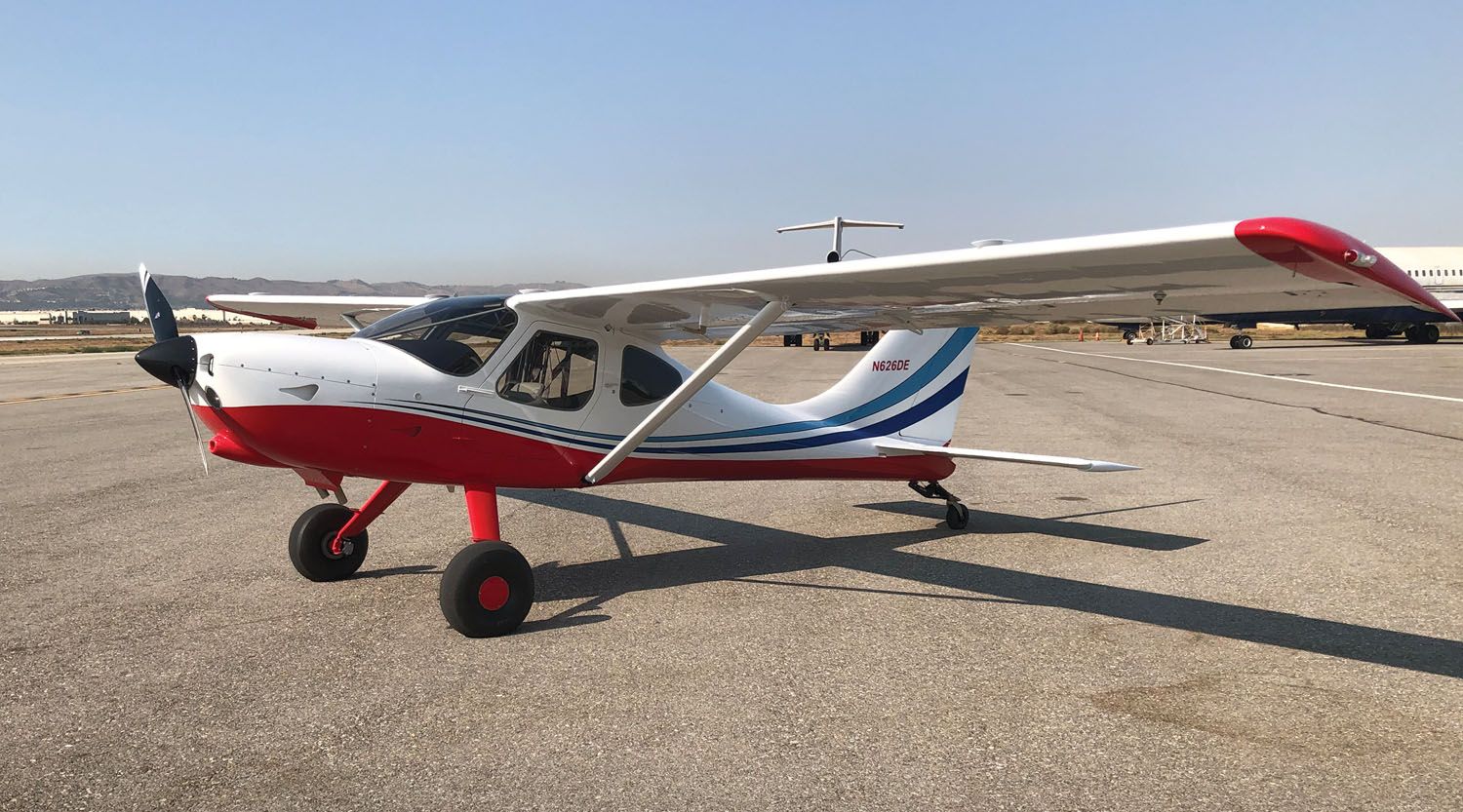
As I go through life, I am always impressed that no matter how much I learn, there is so much more to know than anyone could ever master. I feel the same way about airplanes and airplane building. Not a month goes by that I don’t learn, or occasionally relearn, something important about airplanes, engines or avionics. When I started my first airplane project, I didn’t fully realize how much I didn’t know. Now, more than 20 years later, I have learned a few things and developed an appreciation for how much more there is to learn. I have also learned how to ask more intelligent questions, which is often half the battle. I hope that here I can share a few of the things I have been able to absorb in an effort to ease the process for those with less experience. So here in no particular order are a few things that might be helpful.
Be Realistic About the Cost
Buying a new airplane is expensive. Building a new airplane—after all, no one builds a used airplane—is less expensive but far from cheap. Make yourself a good budget and be sure you can handle it before you start. Besides being able to handle it, be sure your significant other feels the same way. You can hide the cost for a while, but in the immortal words of Han Solo, “Women always find out the truth.” More than one divorce has the cost of airplane building at its root. Fortunately, I did not learn this the hard way, but I have seen friends go through this, and it wasn’t pretty.
In my last build, I had the most unusual experience of being too conservative with my expenditures, only to have my wife suggest that I add items later. Just when you think you have them figured out, they throw you a curveball. Go figure.
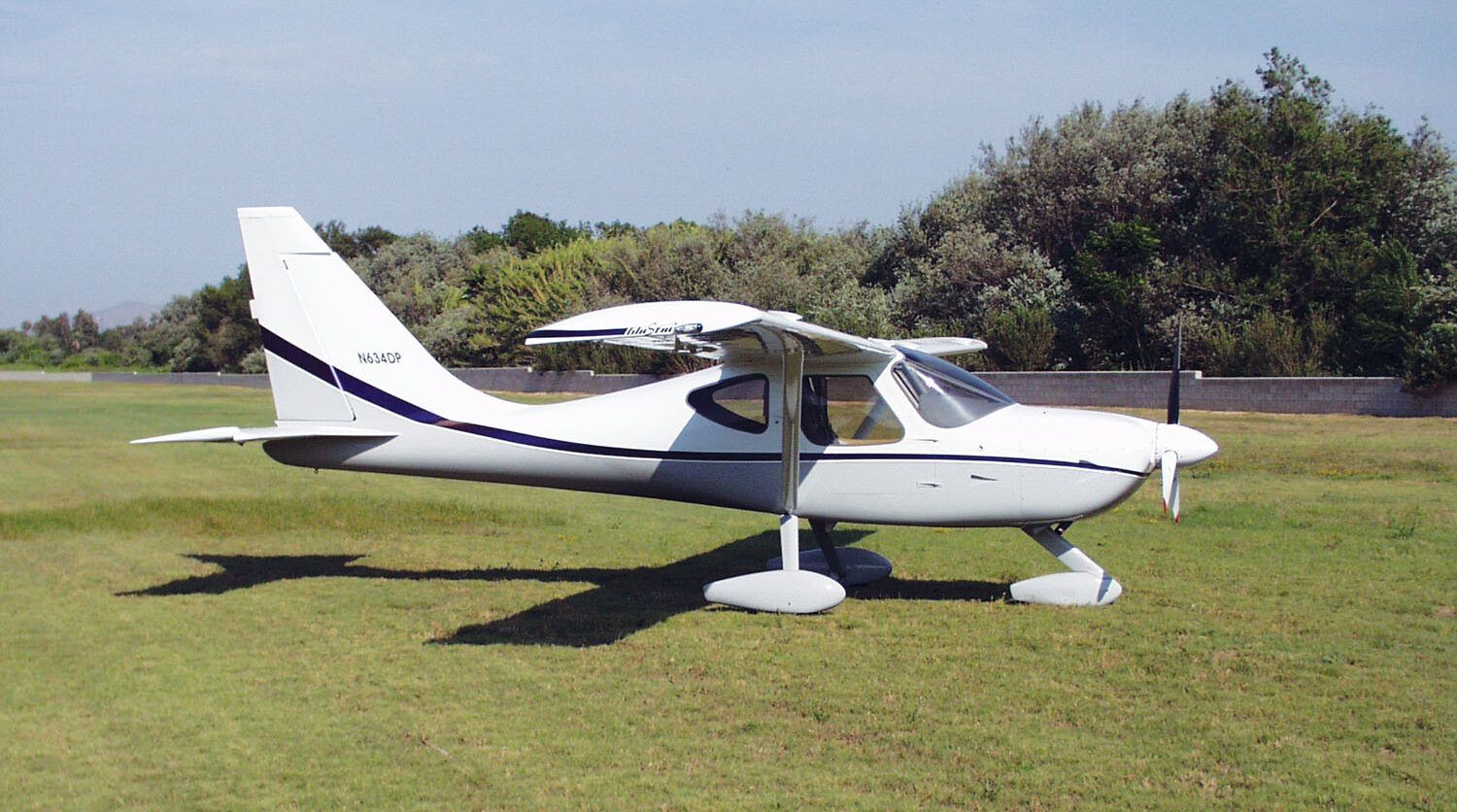
Understand the Amount of Time it Will Take
Building an airplane is a big project that takes time. The newer kits for simpler airplanes will take something like 1000 hours of work to complete, sometimes more. This would include planes such as a Van’s RV-12 or a RANS S-21. Larger and more complex planes will take twice that or more. Older designs also take more time. The earlier RV-series planes and the GlaStar, for example, will likely require 2500 hours or so to build.
If a dedicated builder can put in seven or eight hours on Saturday and two or three hours during the week, that comes to about 500 hours per year (two years total) for a simpler plane or five years for a more complex or more difficult-to-build plane. Let me tell you, it takes real dedication to log 500 hours of building time in a year. That is a lot of family events you won’t be going to, birthday parties you might miss. Be sure they are on board with that. Do you have the patience, perseverance, and family support to take that on?
Even though it was my fourth project, I vastly underestimated the time it took to complete a 75%-done project I bought from someone else. I thought it would take a year to finish. It took three. What I failed to take into account is the extra work it would take to fix little things that previous builders had done less than perfectly. I also didn’t figure that as I get older, I also am getting slower. And finally, I lost my lifelong buddy about halfway through the project, which cost me a good six to eight months as I completely lost my motivation.
The condensed version of this is it always costs more than you think, and it always takes longer than planned. Life gets in the way. Patience and perseverance are mandatory.
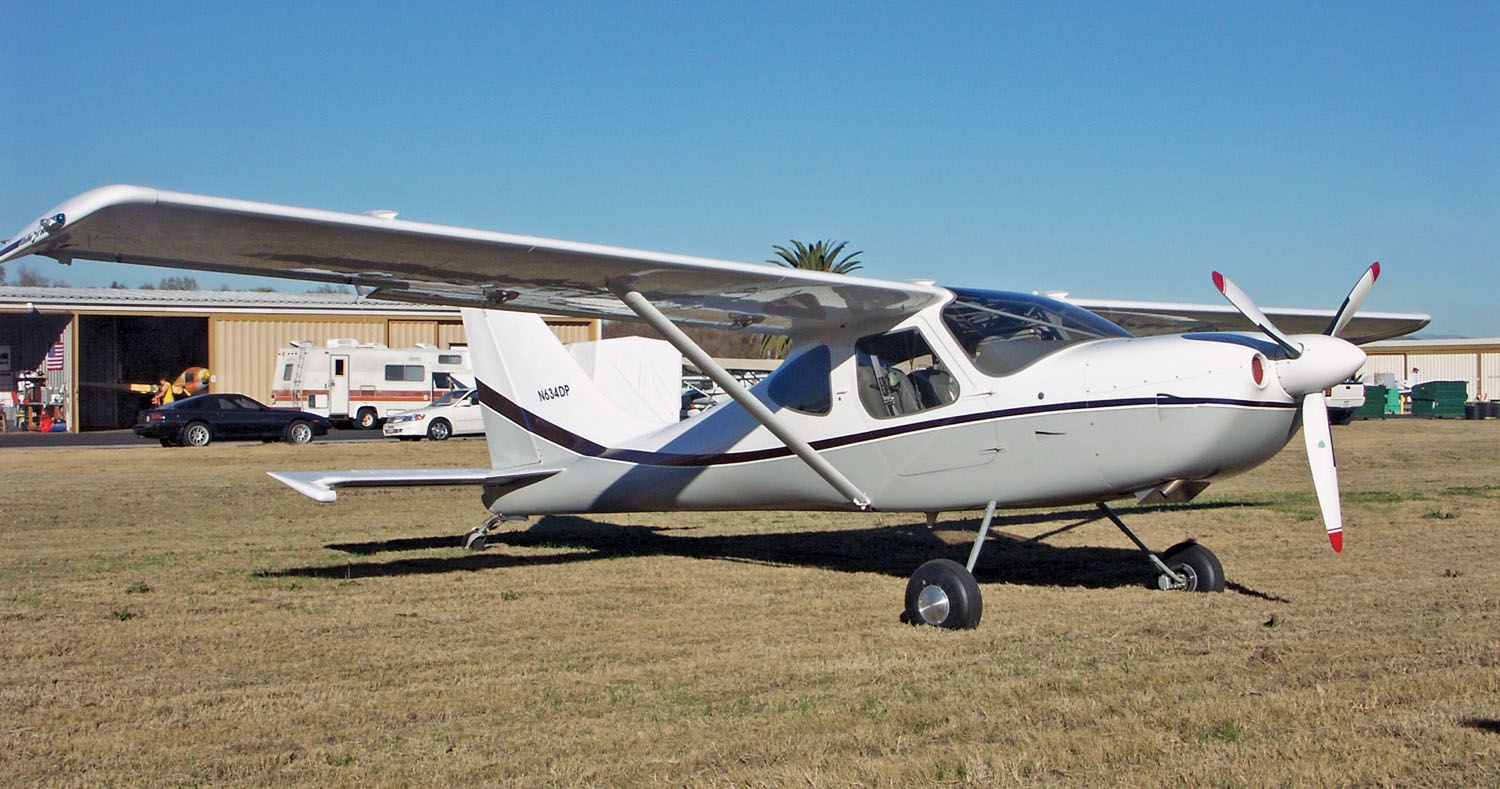
Some Things to Think About at the Start
Try to avoid building at the airport if possible. It is much more efficient to build at home for as long as you can. Not only does it take time to get to the airport, but travel is a deterrent to taking on tasks when you only have an hour or two to work. You just don’t do it, despite your best intentions. If you build at home, you can get in a little time almost every day. It really adds up. I built my last project at the airport. I’m sure it added several months to the schedule.
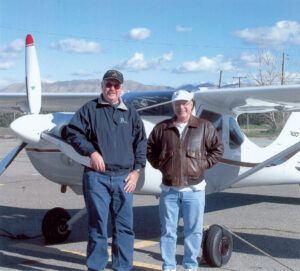
Join and engage with the builders’ and owners’ group that supports your brand of airplane. There is a host of information there, not to mention help. This is often a more efficient way of getting technical support, especially on weekends, than factory support. It is also a good way to make friends. Do check with more than one source, however, if someone’s advice seems suspect. Not all online help is helpful, but most of it is. In any case, ask for help when you need it and give help when you can.
Join an EAA chapter and connect with a technical counselor early to take a look at your project as you go and keep you moving in the right direction.
Take a training course or two from EAA Sportair workshops on basic construction techniques. It is important to get off to a good start with your project, so start by learning how to do things right. As you get further into your project, you may want to take an electrical course to help you with your wiring. I took a course early on, and it was a great help. The electrical class I took later definitely made wiring my plane easier.
Make a file system to save important paperwork such as receipts for the kit, the engine, prop, avionics, etc. Also, save installation instructions, especially for items that were not included in the kit. This is very important for things that involve wiring. You will need them when you build your panel or have someone else do it. It is easy to assume that any installation instructions you will need will be available online. While this is often true, it is not always true.
Do your best to get organized at the start and stay that way as much as possible. It is really awful to lose parts and have to replace them or have your workday brought to an early end because you couldn’t find a part you needed. This is especially important if you live somewhere where shipping times are long. When you have a big task coming up, collect all the parts you need ahead of time and store them where they are clearly marked and readily available. I used this trick many times even though I am only 20 minutes away from Aircraft Spruce.
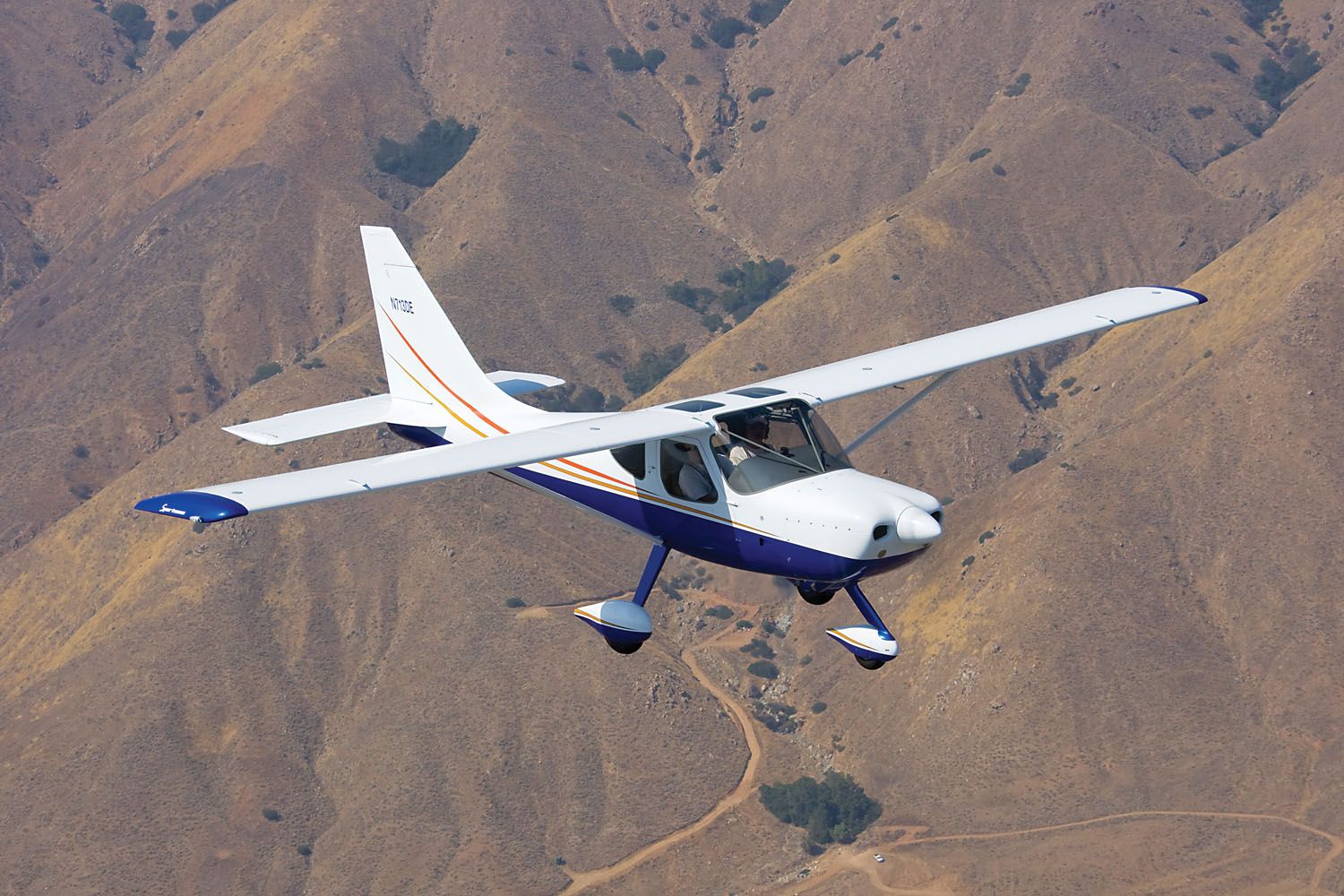
Get Your Paperwork Straight Early in the Process
Get your FAA bill of sale (Form 8050-2) sooner rather than later. Many people, yours truly included, wait until they are almost finished to ask the kit manufacturer for a bill of sale. The trouble is that companies go out of business or change their policies, personnel change and people die. It took me three tries to get the FAA to accept my registration because I first only had the factory invoice from the original builder who had since died. Then I got a Form 8050-2 from Glasair, but the new president would not sign as an officer of Stoddard-Hamilton, the original kit maker, even though Glasair is the successor company. I finally tracked down the vice president of the old Stoddard-Hamilton to sign my bill of sale.
If you buy a kit that has changed hands over the years before you got it, be sure you have a bill of sale from each transfer of ownership all the way back to the kit maker. The less paperwork you have to document each transfer, the more trouble you will have when it comes time to register your plane. Take care of things while people are still alive and companies are still in business.
Builder’s Log
You need a builder’s log to present to the FAA or a DAR to prove your plane is amateur-built. There is no required format, but I can tell you that having lots of pictures is a good idea, and try to get a few with you in them. It is also nice to have a running log of hours worked and tasks completed. I used Excel spreadsheets for my projects, but that is just one way to do it. You can make notes with dates in your assembly manual. Some builders set up a camera that takes a photo every 15 minutes while they are working, but I like to have pictures of specific tasks, especially those that will be hard to see later.
If you buy a project that a previous owner partly completed, get all the previous builder log notes and photos that you can. You need to be able to prove that the whole project was amateur-built, all the way back to the beginning, and that documentation can be challenging to find if one of the builders has passed away. Luckily, both of the previous builders on my project had lots of pictures. This is a big consideration when buying a partially completed project. Without records, you may have a hard time getting an Experimental/Amateur-Built airworthiness certificate.
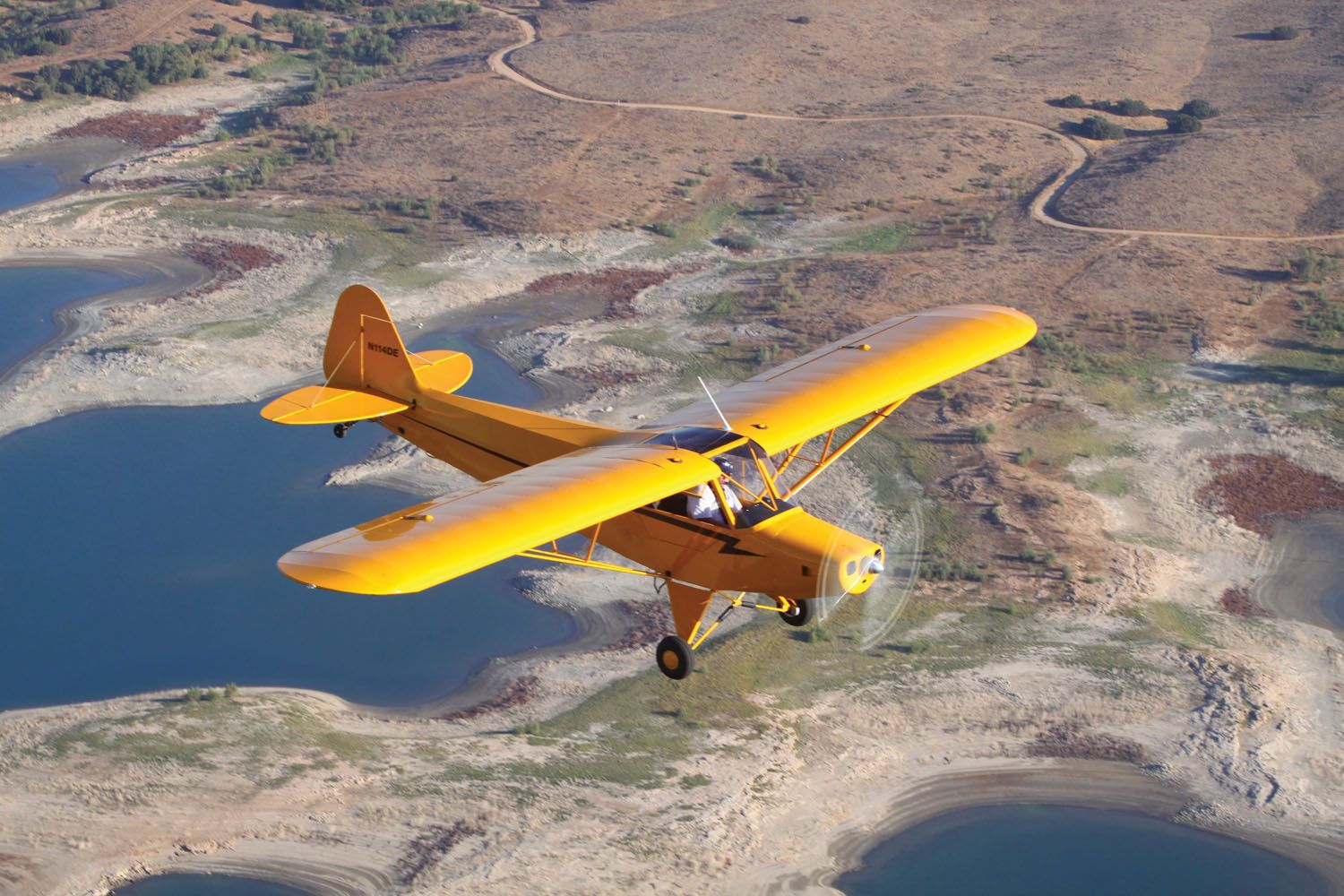
As You Go
Read the directions. Follow the plans. Try to stick to the build sequence in the assembly manual. Yours truly, the highly experienced and knowledgeable airplane builder that I am (choke, gasp), thought I was exempt from this requirement only to find my airplane filling with smoke when I tested the cabin lights that I had installed without reading the directions. Fortunately, nothing else was damaged.
Lending and borrowing tools are part of being in the airplane builders’ community. Just make a note and pin it on your bulletin board whenever you loan a tool to someone. That way, you have a pretty good chance of getting your tool back when you need it. Of course, it goes the other way, too. You shouldn’t be building your tool inventory by not returning borrowed tools. Your popularity will quickly fade if you do. On that note, I do have a nice pair of wire strippers that I am sure I did not buy, but I can’t remember who loaned them to me. They are waiting in my toolbox for their rightful owner to reclaim them.
When building a complex project, it is easy to get diverted from your current task by any number of things or to get delayed in one area due to a lack of parts. Jumping around may be necessary, but it is fraught with peril. Things get left undone, bolts and fittings remain loose, steps get skipped. If this happens to you, leave yourself a note and put some high-visibility tape over the affected location. As soon as you can, go back and finish the task. If you don’t, you will end up at the 90%-done, 90%-to-go phase with dozens of loose ends that need to be cleaned up. The problem is not so much that you have these little tasks to take care of but that you will miss one or more of them in all the confusion. When I was installing the master cylinders on the rudder pedals, I got interrupted and forgot some cotter pins that ended up in a place that was difficult to see and harder to reach. What is worse is that it was my DAR who caught it, leaving me very embarrassed.
Building an airplane is like eating the proverbial elephant. When you look at the big picture, it can be overwhelming, but if you take it one bite at a time, it does eventually get done. I found it helpful to set short-term goals that can be checked off in a few days or a weekend. You can feel good about achieving your goals many times in the process, which helps to maintain motivation. Try not to focus on an overall completion date until you are really, really close to the end. Goals like “I’m flying my plane to AirVenture next year” can make you crazy if your progress falls behind your goal. I did that twice, and in the process drove myself and everyone around me to the brink of madness. Building an airplane is supposed to be fun. When it turns into something else, it is time to take a breath and reassess your goals.
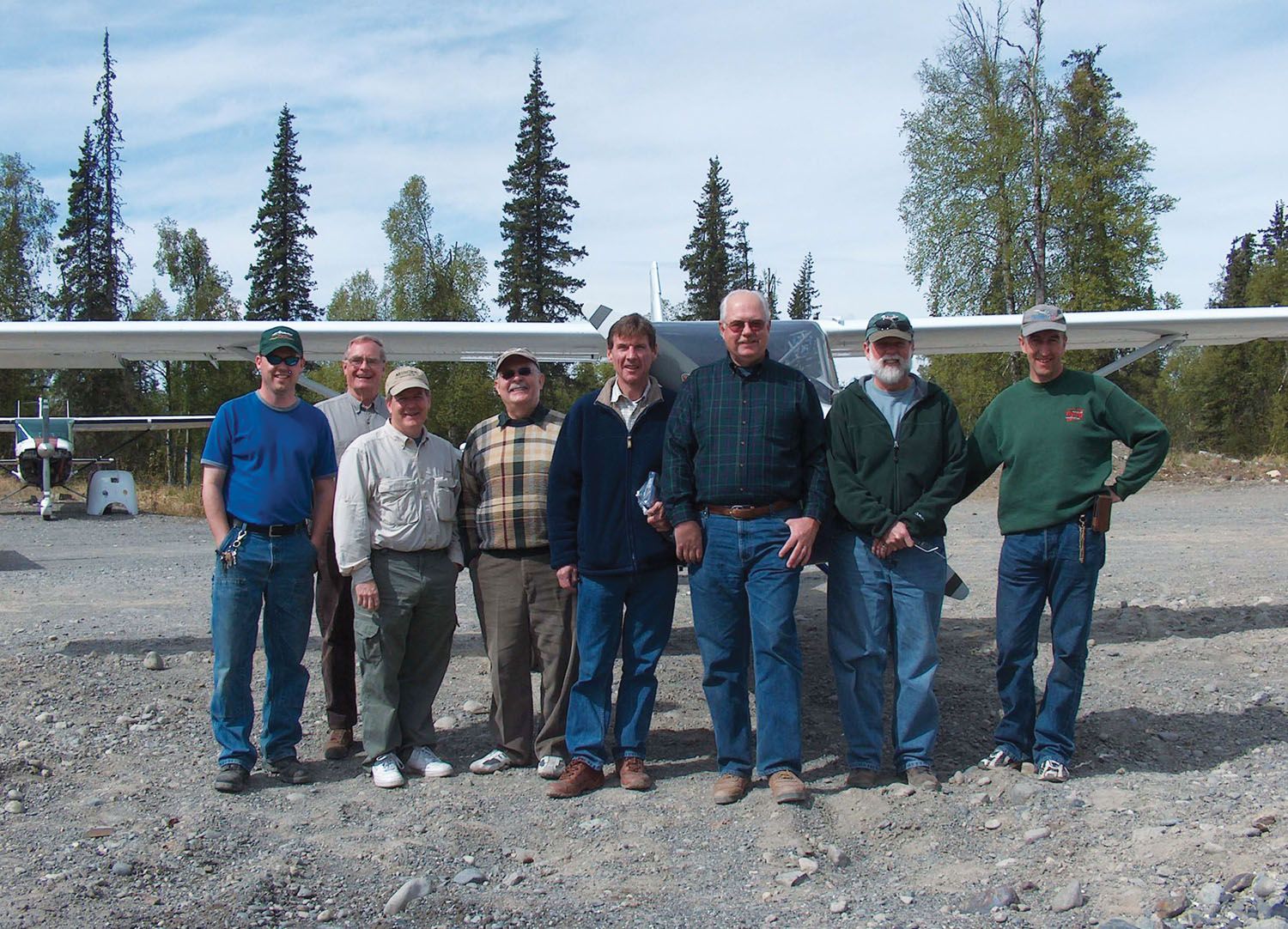
Unexpected Benefits
When I started building my first plane, I just expected to end up with a plane that I could fly with my friend. What I did not foresee was that by joining the family of Experimental builders, I would find many new friends locally and around the world. I surely learned a lot about airplanes in the process, but I really didn’t appreciate the opportunity to meet so many wonderful people that this process afforded me until I was deep into it.
It has been wonderful to meet people online, strike up a relationship with them, and then meet them in person at AirVenture, where the friendship could develop further. Who thought I would be flying to Alaska with new friends from England and Switzerland? Yet, there I was a few years ago. Things, even airplanes, come and go, but a good friend is a joy for life.


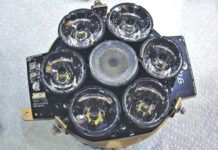





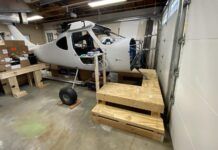

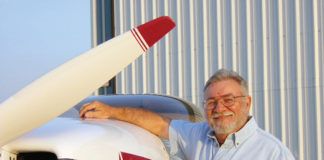
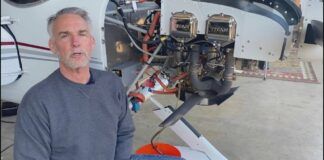
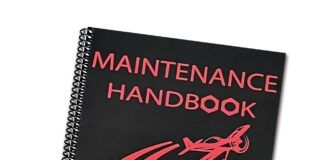
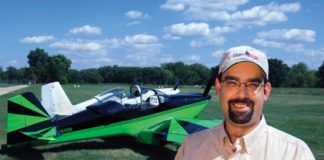
Thank you for a good informative article. Until I read it my own expectations were not very Realistic.
Life sure throws curve balls along the way
What about plans-built or scratch-built, or completely unique designs? No bill of sale there. What do you do?
The FAA accepts receipts for major components in lieu of a bill of sale such as you would have for a kit
Thank you for this excellent article. Sorry for your/our loss of Ed. I suffer from endless analysis paralysis, always waiting for that next new model and my life circumstances to be just right. However, I feel I am just about ready, and this article confirms my expectations.
Great article, I don’t build planes but have built many boats & 2 engines for my Paramotor. You are right about been realistic with hours it takes. I always double the time I think something should take me to get done & even this does not work out all the time. I always think that when building stuff, it is the trip rather than the destination that is the enjoyment. The satisfaction is sitting down at the end of the day, with a coffee, tea or better still a beer & knowing you put in a good days work & moved toward the completion.
I’ve built a few planes and agree with what you’ve said but I’d encourage folks to build for the love of building … it’s fun! I enjoy building as much as I do flying (sometimes I think it may be more fun to build especially if you have a build buddy. I’ve seen co-building projects work well where you help each other out on each other’s projects. None of us are experts in everything and part of the fun is sharing resources. Happy building!